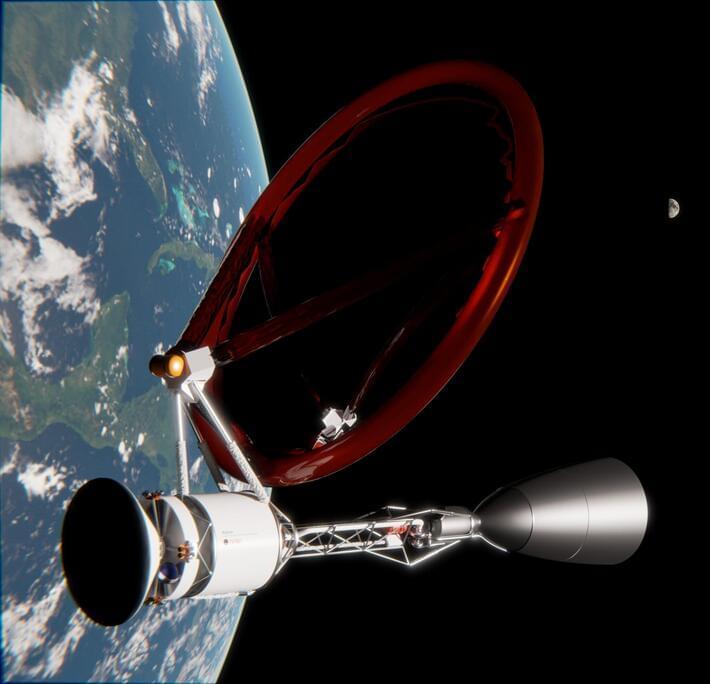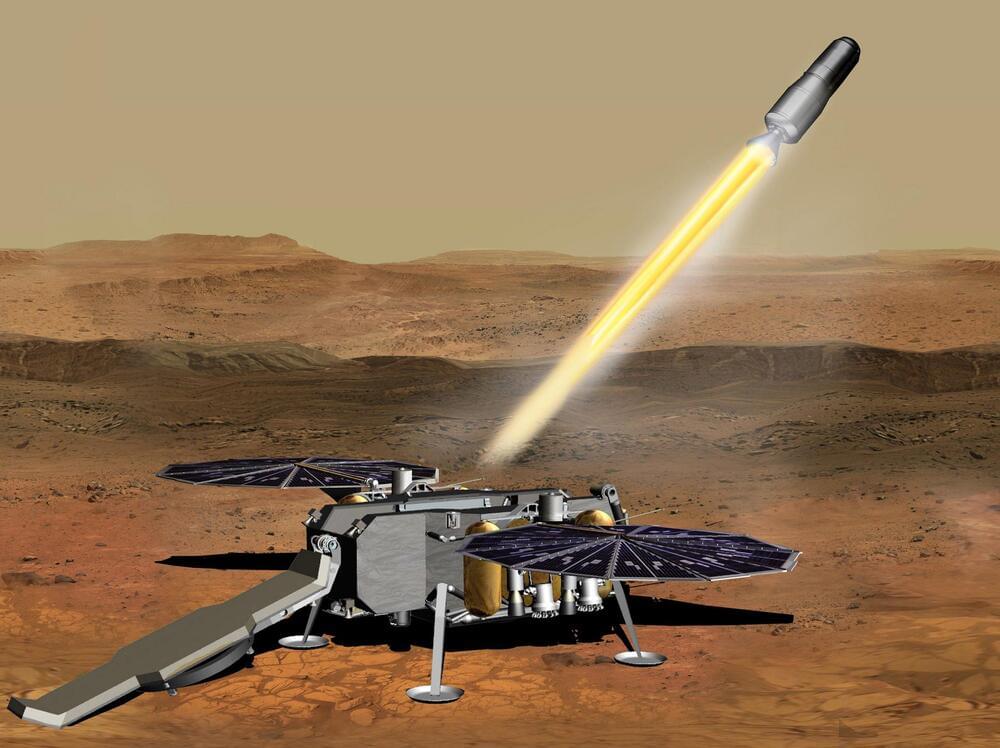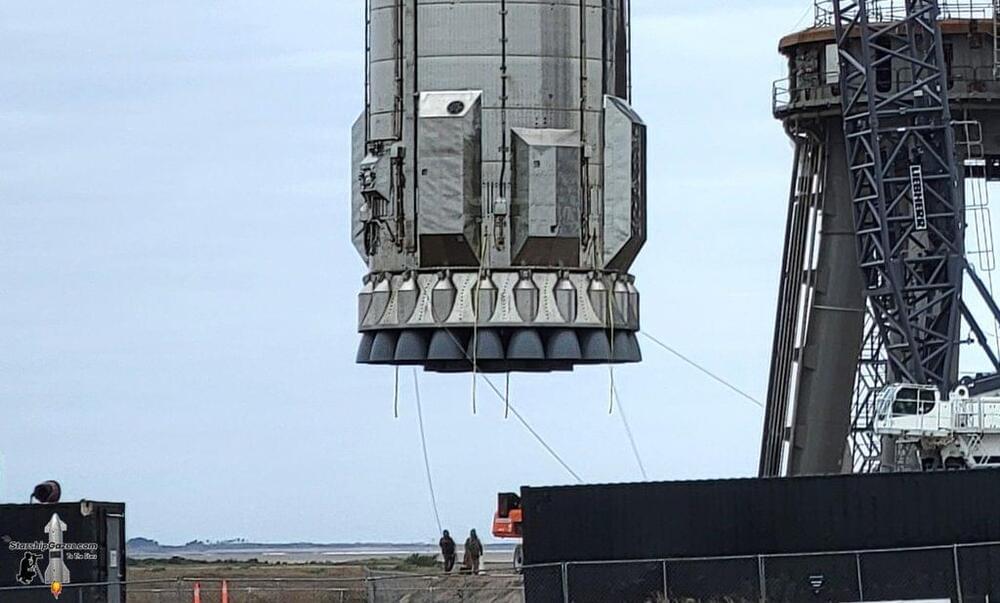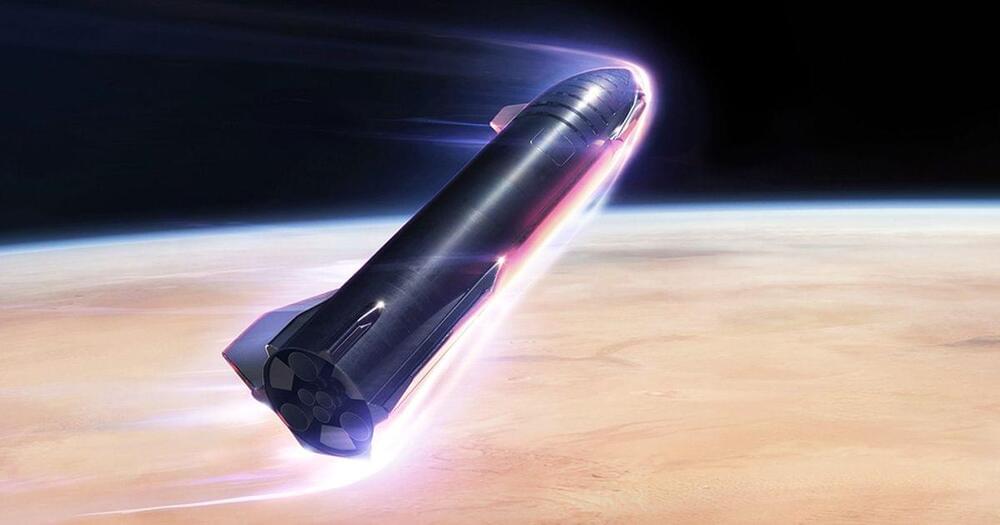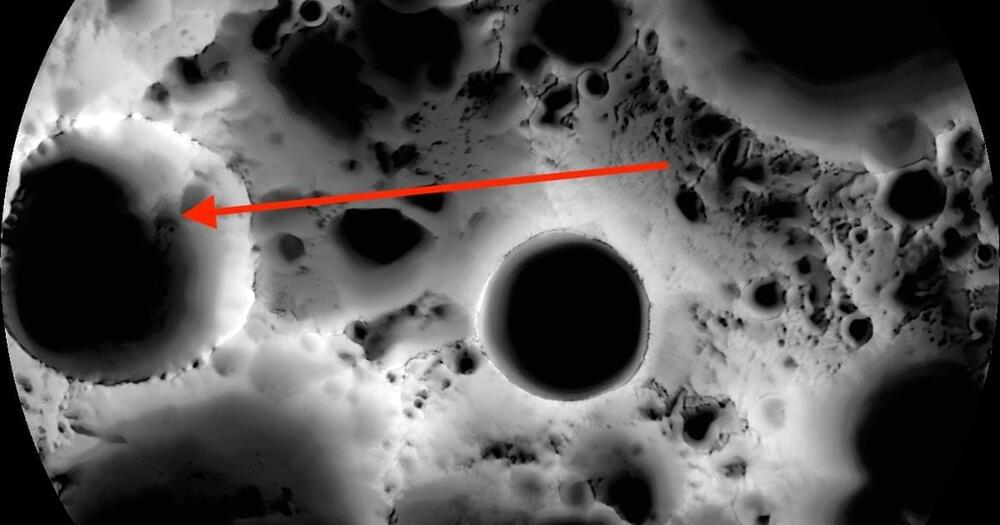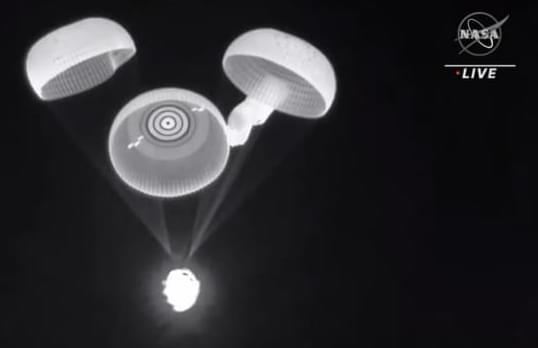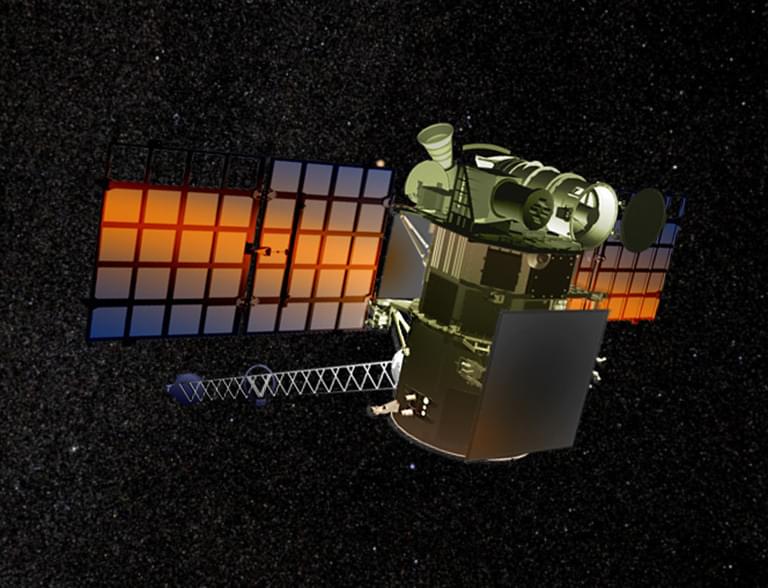Could a laser send a spacecraft to Mars? That’s a proposed mission from a group at McGill University, designed to meet a solicitation from NASA. The laser, a 10-meter wide array on Earth, would heat hydrogen plasma in a chamber behind the spacecraft, producing thrust from hydrogen gas and sending it to Mars in only 45 days. There, it would aerobrake in Mars’ atmosphere, shuttling supplies to human colonists or, someday perhaps, even humans themselves.
